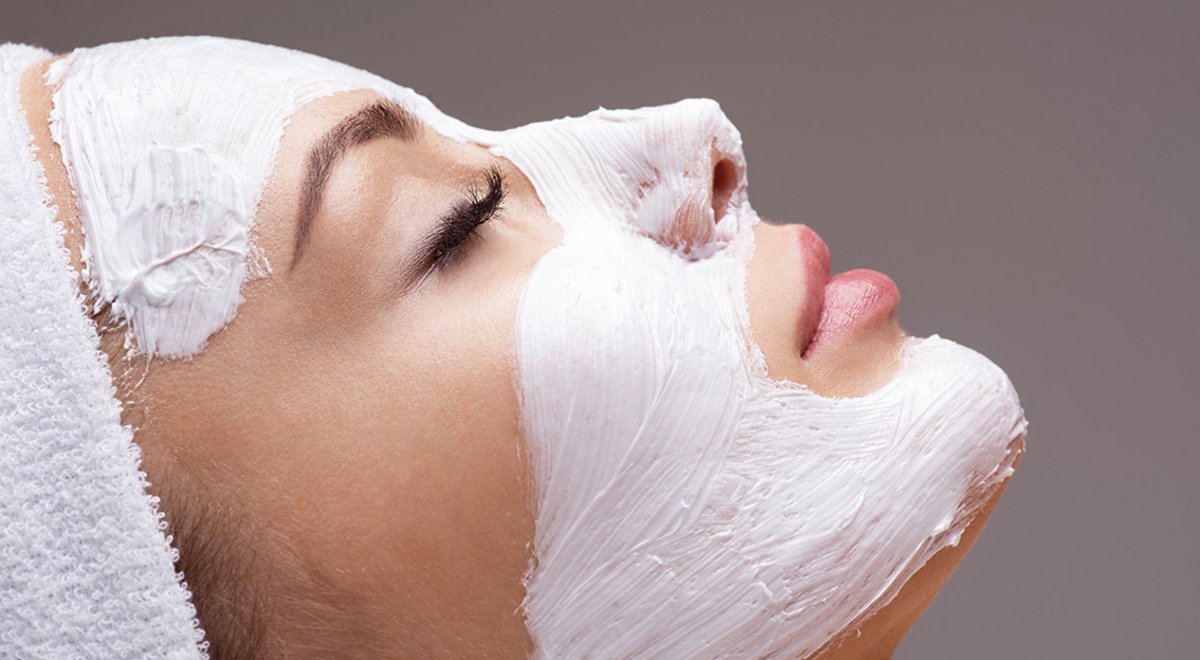Face Care
A mask for the whole face that was yesterday! Today’s trend is mask layering. The facial skin is not the same in all areas: on the cheeks it tends to be a bit drier, around the eyes the first wrinkles appear, while the T-zone is rather oily and shiny. Mask layering helps to rebalance the complexion because each facial zone gets exactly the care it needs.
Unlike multi-masking, with mask layering you don't just apply the masks on specific facial areas, but apply two or more masks on top of each other or one after the other. For a maximum effect, the skin should be cleansed and if needed exfoliated in advance. Also the order is crucial when layering face masks: moisturizing/nourishing or soothing masks are always applied before a clarifying mask. The possible combinations are as diverse as our skin:
Dry patches & blemished areas
Start with thin layer of a soothing, moisturizing mask. Followed by a clay mask applied to the areas of blemished skin - usually the T-zone.
Wrinkles & enlarged pores
Especially with age, sun damage often coupled with decreasing skin elasticity can cause enlarged pores, so it's not uncommon to deal with aging skin on one hand and enlarged pores at the same time. Apply a moisturizing mask first, followed by a firming mask on the zones with the first wrinkles. And a clay mask is applied to the T-zone to minimize the pores.
Dullness & oily areas
To revive a dull complexion, a glow mask with e.g. vitamin C is applied in a thin layer. Then, a clarifying mask is applied to the skin’s oily areas.
Moisture booster
When the first dryness lines appear or when the whole facial skin is taut, an extra moisture boost is needed. For example, an intensive moisture mask can be applied and by applying a cloth mask in addition, the effect can be intensified.
Less is more? Not with mask layering!

